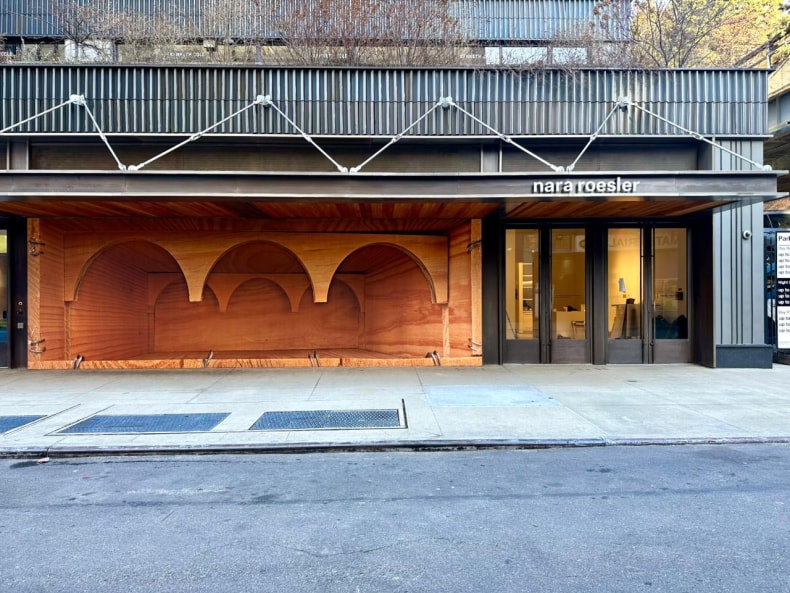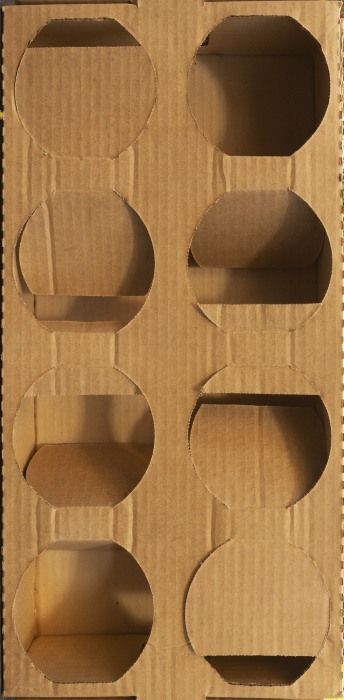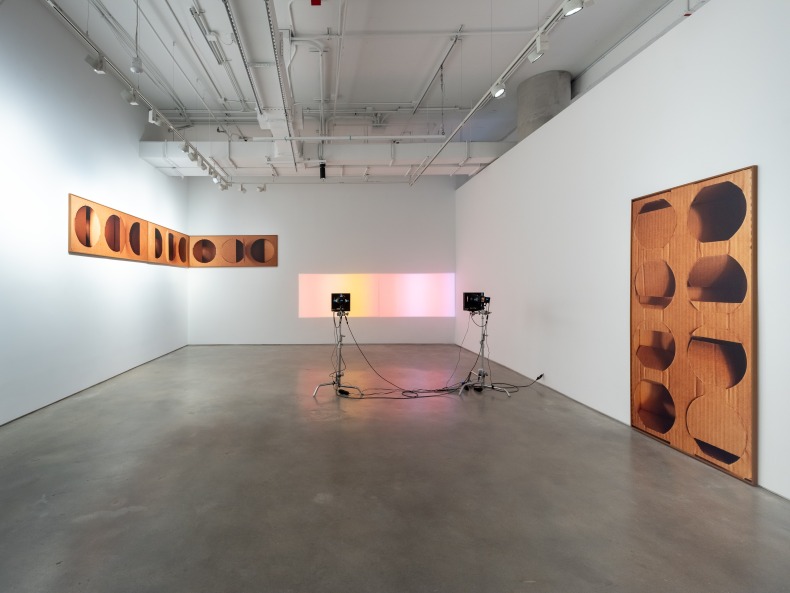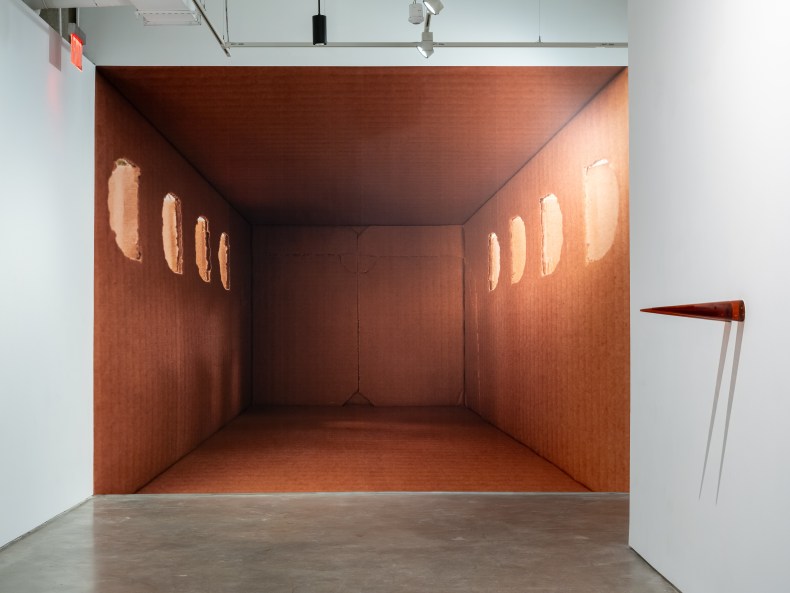Nara Roesler New York is pleased to present People and Natural Numbers, Lucia Koch's first solo exhibition in the city. The show is accompanied by a critical essay written by architect and professor Mark Lee, bringing together around 13 recent works that unfold the research that the artist has been undertaking over the last few decades, with spatiality as its main axis.
One of the highlights of the exhibition is the group of works from the Numbers series, developed by Koch throughout 2024, which takes the Fundos series as its starting point, in which Koch photographs the inside of boxes and packages and, through enlargements and the use of natural lighting, gives these objects an architectural character, as if they were extensions of the very space in which they are located. As with Fundos, the basis for the recent works is cardboard boxes and packaging. In Numbers, however, the artist highlights the cavities and openings present in these objects, referring to architectural elements such as windows, grilles, and other openings, the quantities of which are referenced in the titles of the works.
In People, another recent sculptural series, the artist is inspired by works made by French artist Francis Picabia (1879-1953) during his stay in New York in 1914. Through drawings of incomplete machines, Picabia created mechanomorphic portraits of people in his social circle. People has a similar starting point: using objects, mirrors, light sources, and projections, the artist creates games and interactions between the elements, to evoke presences in space, as if they were people. The same occurs in The Wife, a work in which Koch explores the translation of drawings into objects that would not exist on their own.
According to Mark Lee, “the reciprocal relationship between the work of art and the surrounding space, whether immediate or distant, contingent or projective, has always been persistent in Koch’s work. Long known for her use of architectural elements of windows, curtains, wallpaper, screens, or billboards to alter the surrounding environments, her interventions have always been generous invitations to discovery, participation, and interaction. Alongside building components, color is treated as a space to be inhabited rather than a layer to be applied.
















